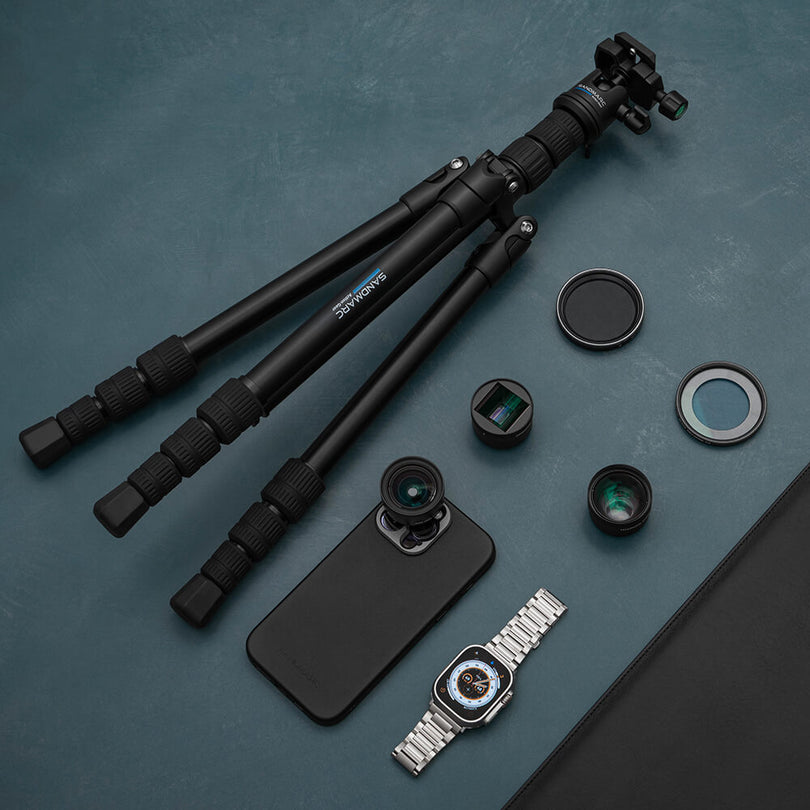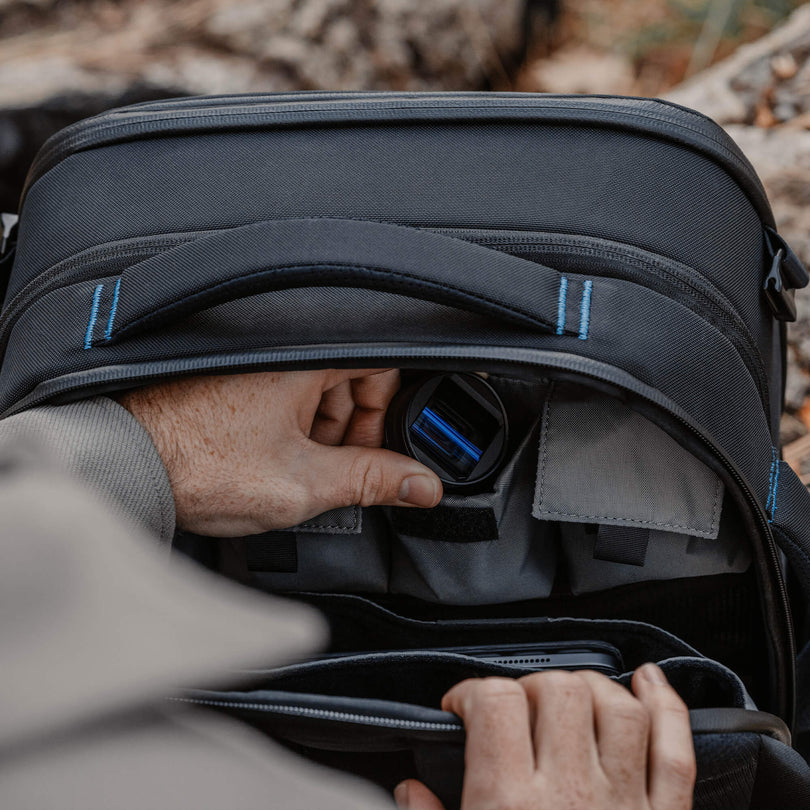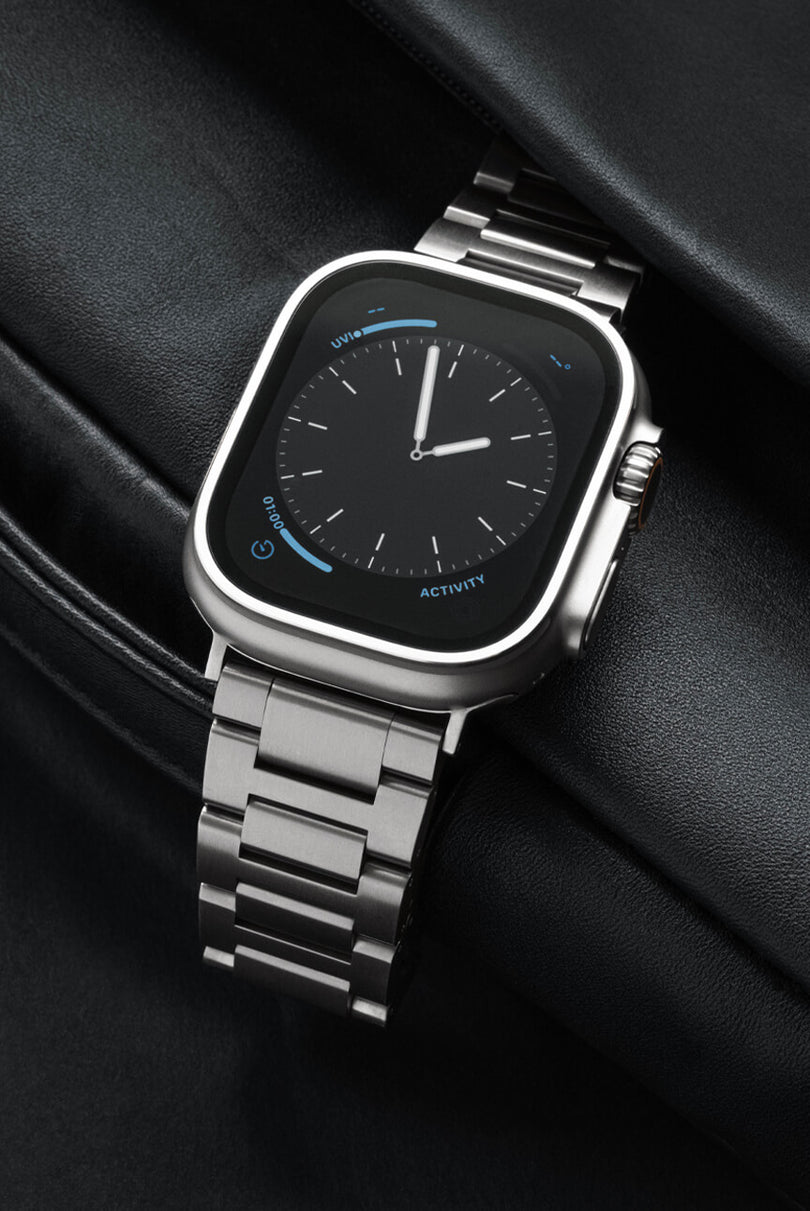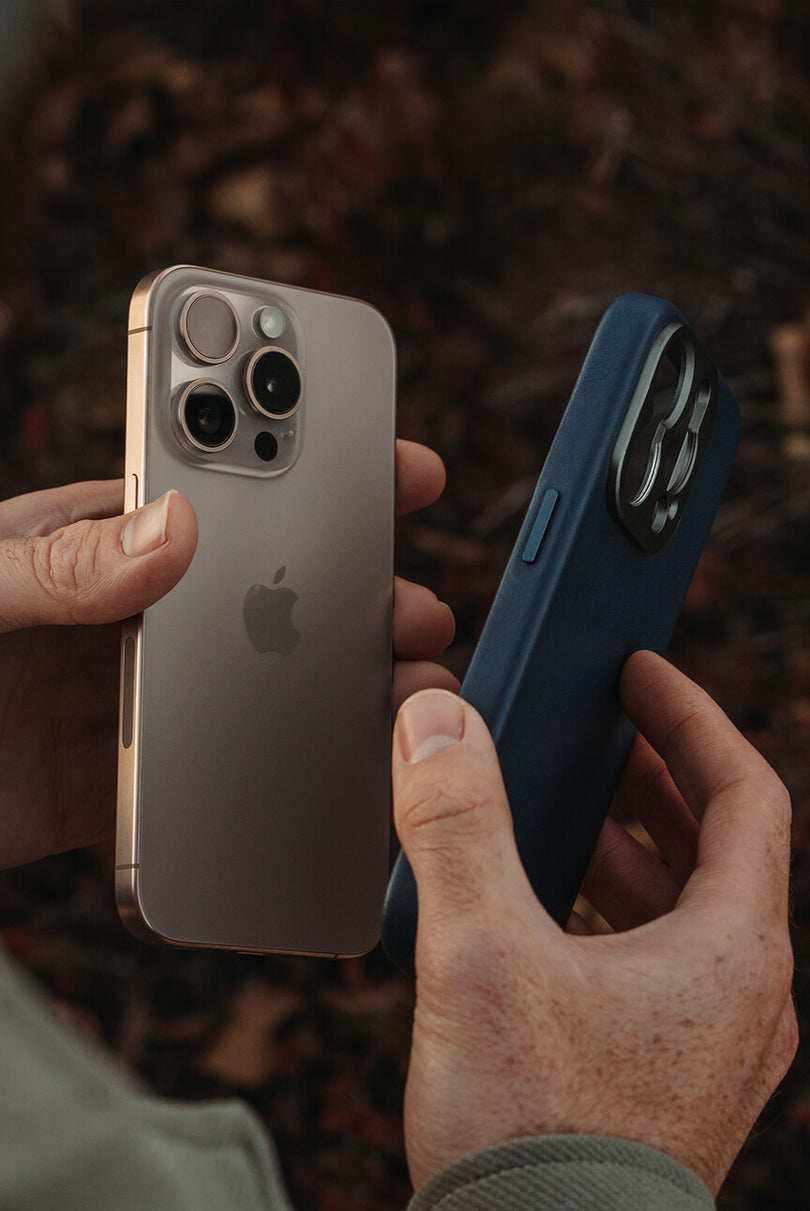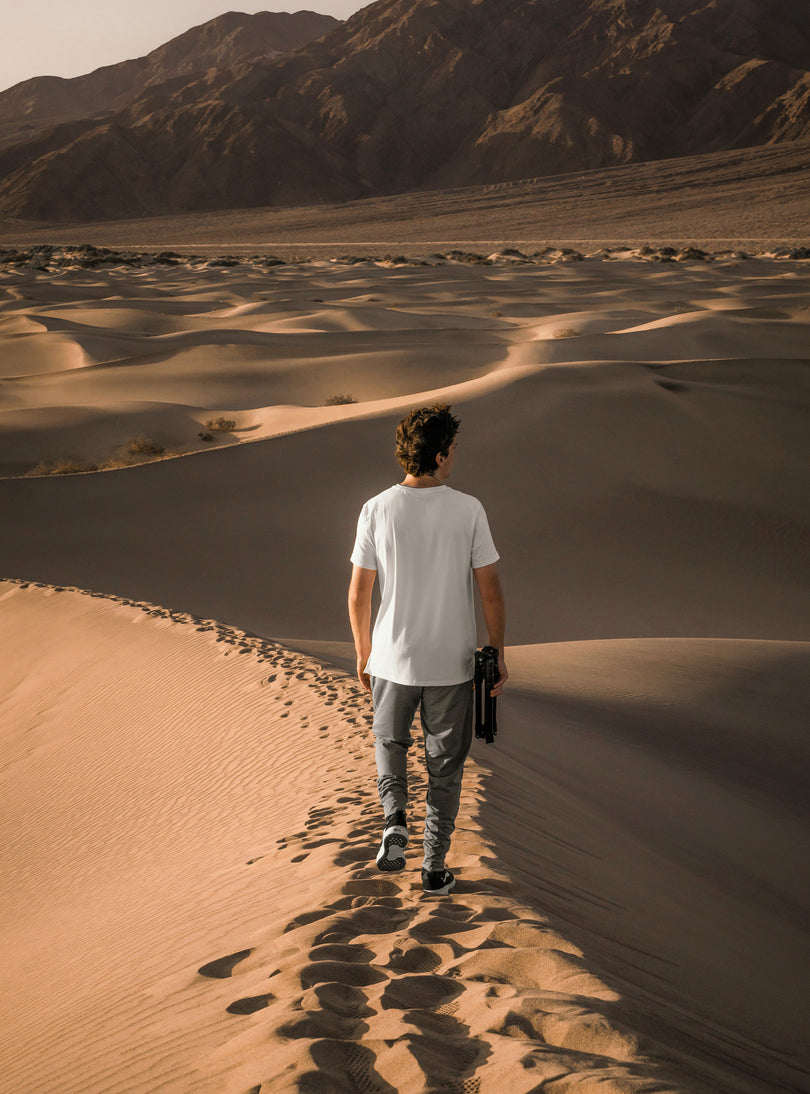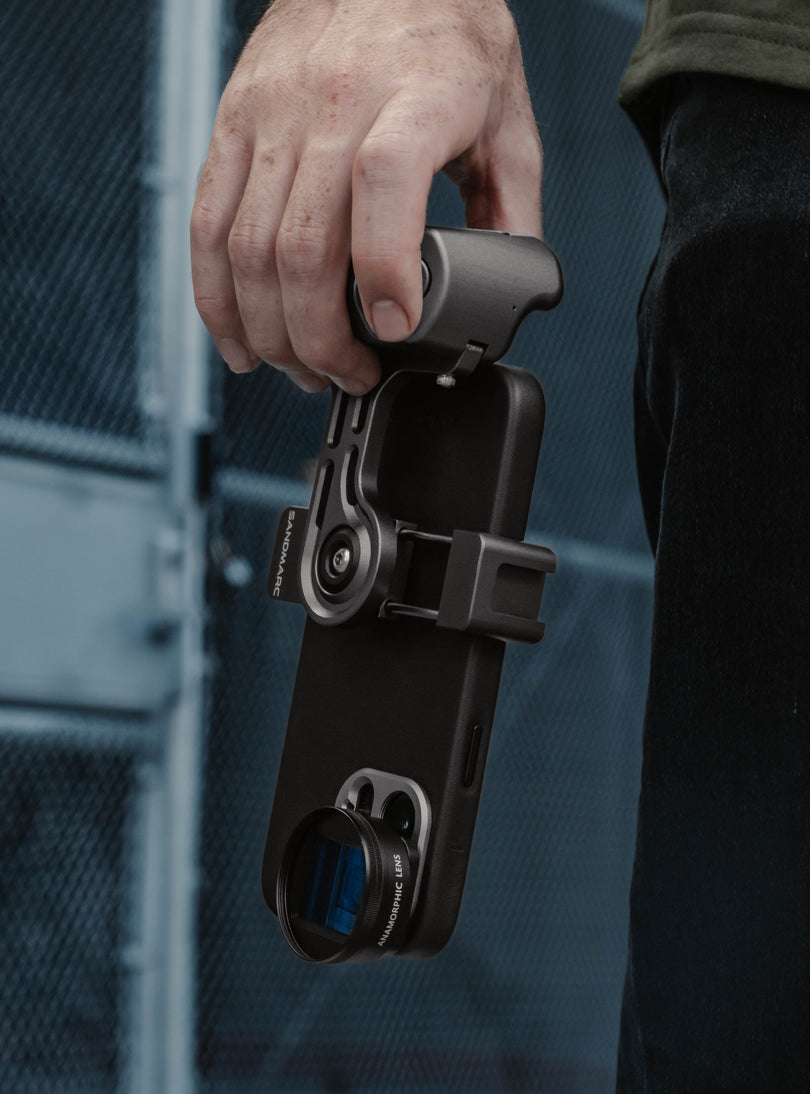A Brief History of Photography
How photography has evolved over time.
Photography has come a long way and can be dated back to 390 - 470 BCE. We wouldn’t be where we are today without the patience and persistence of the photographers of the past who dreamed of the technology we have today. To be grateful for what photography is today, it’s important to know how it has evolved over the years.
390 BCE - 1820 | How it All Began
The camera obscura is the foundation of the modern day camera. It reflected light off a white surface, and projected an upside down image. The blue prints began in 390 - 470 BCE by a philosopher named Mozi who documented the findings of light travel. Then a physicist named Alhazen wrote numerous studies about optics which led to the invention of the pinhole camera.
The pinhole camera was coined the transportable dark room, but thought leaders of the time weren’t satisfied with the projected image alone. In the mid 1820’s Daguerre was hoping to move past the fleeting images created with the camera obscura. Daguerre collaborated with Nicéphore Niépce who was on a similar mission to create a physical image.
1828 | The Physical Image
Through trial and error, Niepce was able to make advancements. He utilized different chemicals, and metals in order to achieve a physical photograph. It was in 1828 that he finally achieved an image that was superior to the others he had created.
In the article, Niepce and the Invention of Photography, the author explains the process, “Using polished silver as a base and letting iodine vapors interact with the bitumen image, he obtained genuine photographs in black and white on a metal plate.” If you want a more in depth breakdown of Niepce’s studies visit the Museum of Nicéphore Niépce website, or visit in-person in France where they have his studio and lab on display.
In the article, Niepce and the Invention of Photography, the author explains the process, “Using polished silver as a base and letting iodine vapors interact with the bitumen image, he obtained genuine photographs in black and white on a metal plate.” If you want a more in depth breakdown of Niepce’s studies visit the Museum of Nicéphore Niépce website, or visit in-person in France where they have his studio and lab on display.
1877 - 1881 | A Quicker Process
The process that was created to make a physical image would take 10 to 15 minutes. Between 1828 and 1877, the similar process was being used but photographers were trying out various chemicals. Charles Bennet made a breakthrough in 1877 when he invented the dry plate, which sped up the photo development process.
A man named Geaorge Easton was inspired by Bennet’s designs, and began experimenting with ways to elevate the dry plate. In 1879 he noticed a high demand for dry plates, and in 1880 he began a commercial production of dry plates. His business thrived and in 1881 he was able to leave his job and open the Eastman Dry Plate Company. In 1883 he moved his business to the current site of the Kodak headquarters.
A man named Geaorge Easton was inspired by Bennet’s designs, and began experimenting with ways to elevate the dry plate. In 1879 he noticed a high demand for dry plates, and in 1880 he began a commercial production of dry plates. His business thrived and in 1881 he was able to leave his job and open the Eastman Dry Plate Company. In 1883 he moved his business to the current site of the Kodak headquarters.
1888 | From Dry Plate to Film
As Eastman began mass producing and selling his dry plates, the product failed. This led to Eastman having to recall his dry plates, and replace them. He quickly pivoted in the midst of the conflict and realized that photography was an “everyday affair”.
This led to him creating a lighter camera, and implementing film in rolls with a roll holder. By 1888 the KODAK camera was officially available to the public. It came with enough film for 100 exposures, and cost $25. The customer was able to get the film developed by sending it to Rochester.
This led to him creating a lighter camera, and implementing film in rolls with a roll holder. By 1888 the KODAK camera was officially available to the public. It came with enough film for 100 exposures, and cost $25. The customer was able to get the film developed by sending it to Rochester.
1943 - 1948 | The Polaroid Camera
Film made photography widely accessible, but with Edwin Land’s invention of the Polaroid camera it became even more accessible. In 1943, his daughter asked him why she couldn't see images on his camera instantly, and that's when the blueprints of the polaroid camera began. Five years later in 1948, the polaroid camera sold out on Black Friday.
1950 - 1960 | From Black & White to Color
Color photography is among one of the most debatable parts of photography history. There are dates to mark when it was invented, and when it began to be used on a broad scale. 1861 was when James Clerk Maxwell and Thomas Sutton realized that by taking the same photo three times with red, green and blue filters a full image with color would be created.
Many years later in 1950 was when people began moving from black and white to colored photography. It wasn’t until in 1960 that we began to see color photography used in public at a broad scale.
Many years later in 1950 was when people began moving from black and white to colored photography. It wasn’t until in 1960 that we began to see color photography used in public at a broad scale.
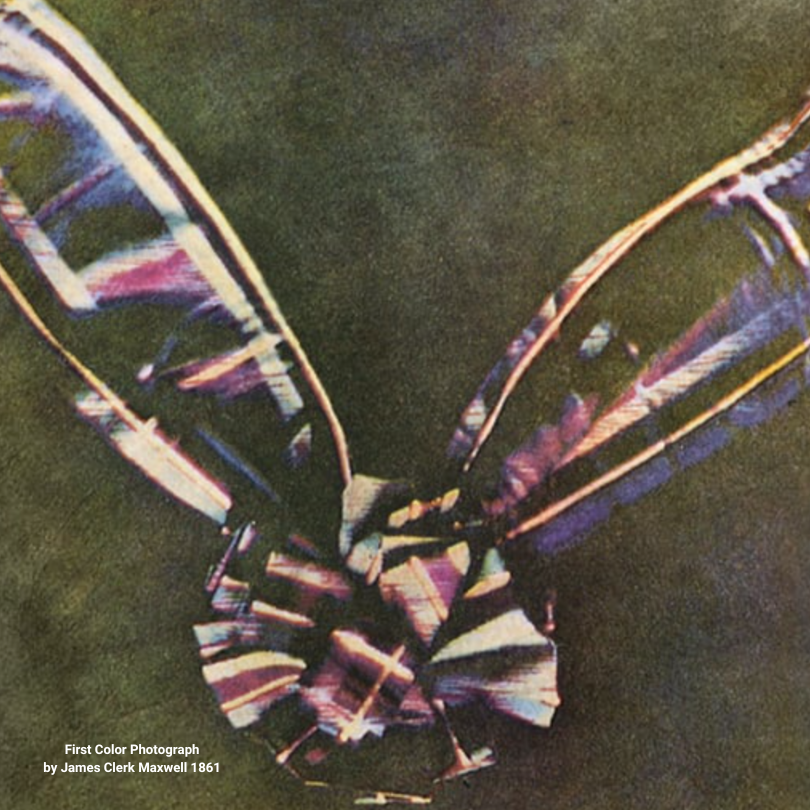
1975 | Welcome to the Digital Age
The digital camera officially made its debut to the public in 1975 when Steven Stasson, an Eastman Kodak employee, combined a movie camera lens, Motorola parts, 16 batteries, and charge-coupled device sensors. Early on, the camera was only capable of taking black and white photos. It would take 23 seconds in order for an image to get captured, and once captured the image had a resolution of 0.01 megapixels.
Kodak laid the foundation for what was possible with digital photography. Kodak focused on film, while Sony, Fijufilm and Canon began treading the waters of digital photography.
1999 | Enter the Digital Camera on a Phone
In 1999 Japan created the first phone to implement a camera called Kyocera Visual Phone VP-210. This was the first time a design like the Kyocera Visual Phone was available to the general public. Before this phone was released, there were multiple innovators who created a similar product. As we have seen through out photography history many people will have similar innovative ideas, and each idea leads to a better product.
In 1995 Apple had a design for a videophone that was never released. Then in 1997, Philipe Kahn a software company founder, quickly created a camera phone by connecting his Casio QV-10 digital camera with an LCD display, Motorola StarTAC Flip phone and laptop.
What motivated him? His wife was about to give birth to their first child and he wanted to share it with friends and family. While in the hospital and using the devices he had on hand, he created a hardware and software connecting the camera and the phone via the laptop. He was was able to send a photo of his newborn to 2,000 people, making the photo of his daughter the first ever cellphone camera image.
In 1995 Apple had a design for a videophone that was never released. Then in 1997, Philipe Kahn a software company founder, quickly created a camera phone by connecting his Casio QV-10 digital camera with an LCD display, Motorola StarTAC Flip phone and laptop.
What motivated him? His wife was about to give birth to their first child and he wanted to share it with friends and family. While in the hospital and using the devices he had on hand, he created a hardware and software connecting the camera and the phone via the laptop. He was was able to send a photo of his newborn to 2,000 people, making the photo of his daughter the first ever cellphone camera image.

2024 | Today
Digital photography has evolved immensely in the last 32 years. From the latest iPhone 15 camera to the most up to date DSLR or Mirrorless camera. The digital landscape has broadened and cameras are now capable of capturing the finest details, and being shared within seconds to millions of people.
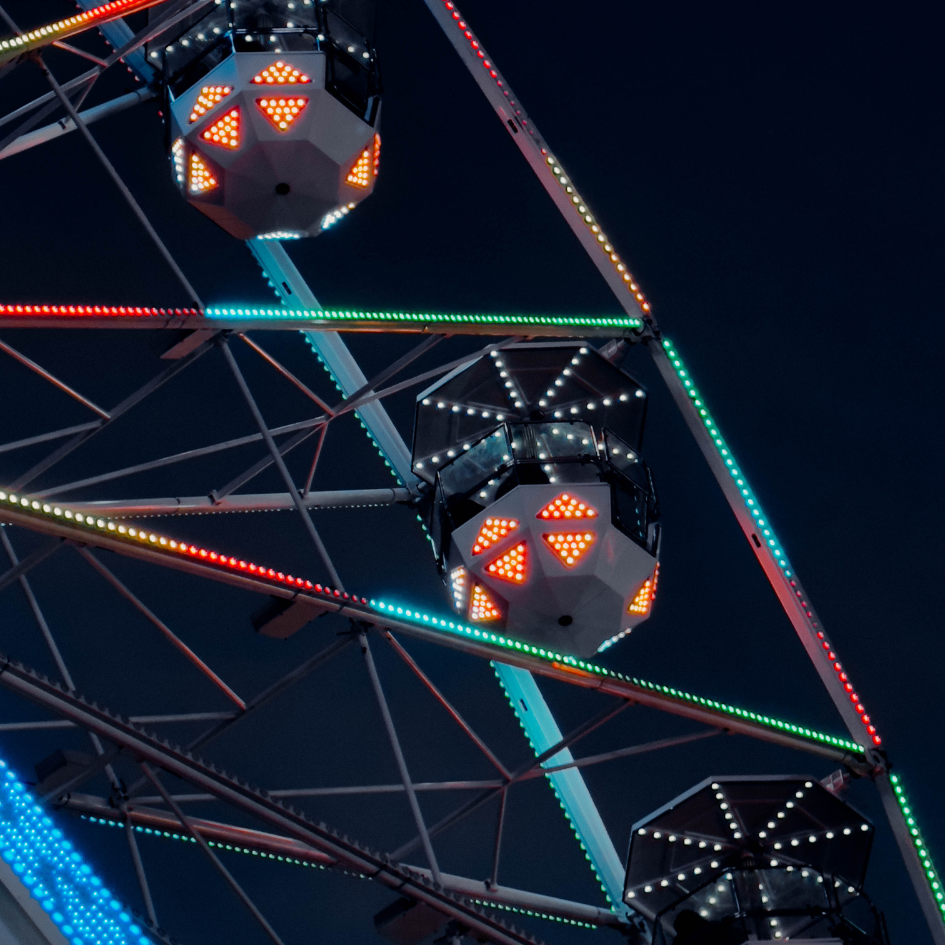
Shot on iPhone with Telephoto Lens
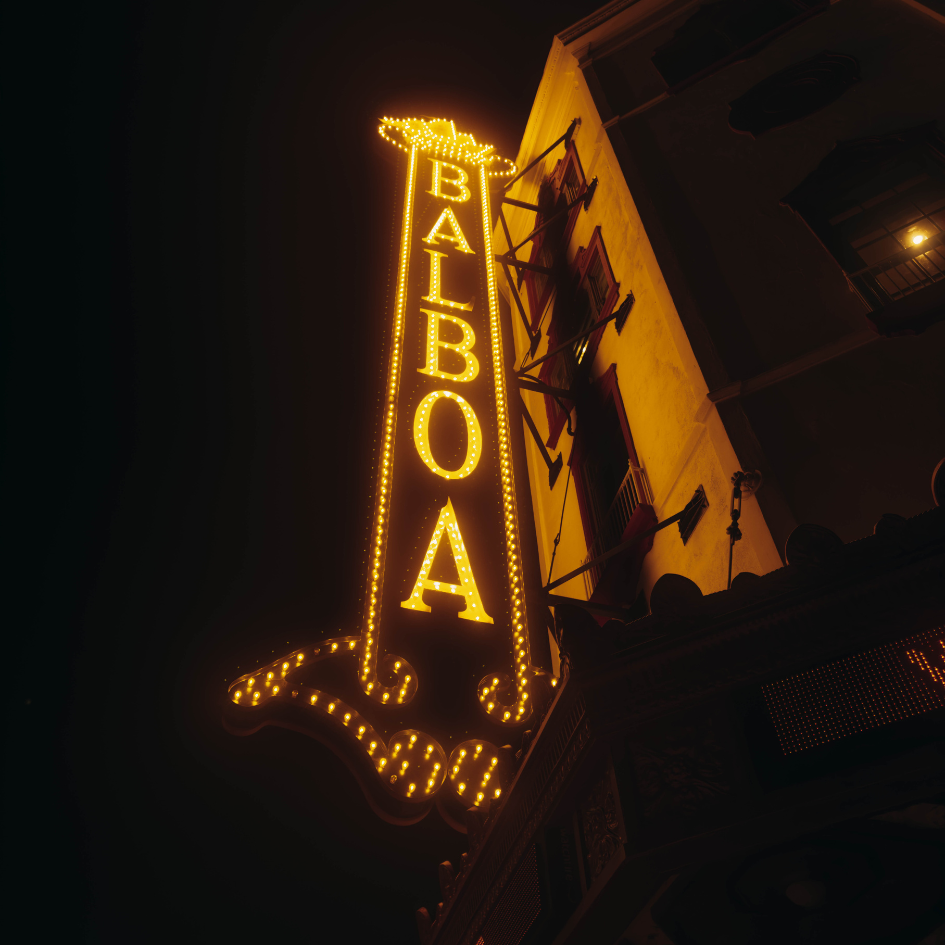
Shot on iPhone with Cloud Filter
Though photography has evolved, as a society we have grown fond of what photography once was. With the vintage aesthetic trending, film cameras still being used, and digital camera's from the early 2000's making their comeback. Every era of photography brought a uniqueness to the way a photograph was captured, and we still appreciate it today.
How do you see photography evolving in the next ten years?
How do you see photography evolving in the next ten years?

